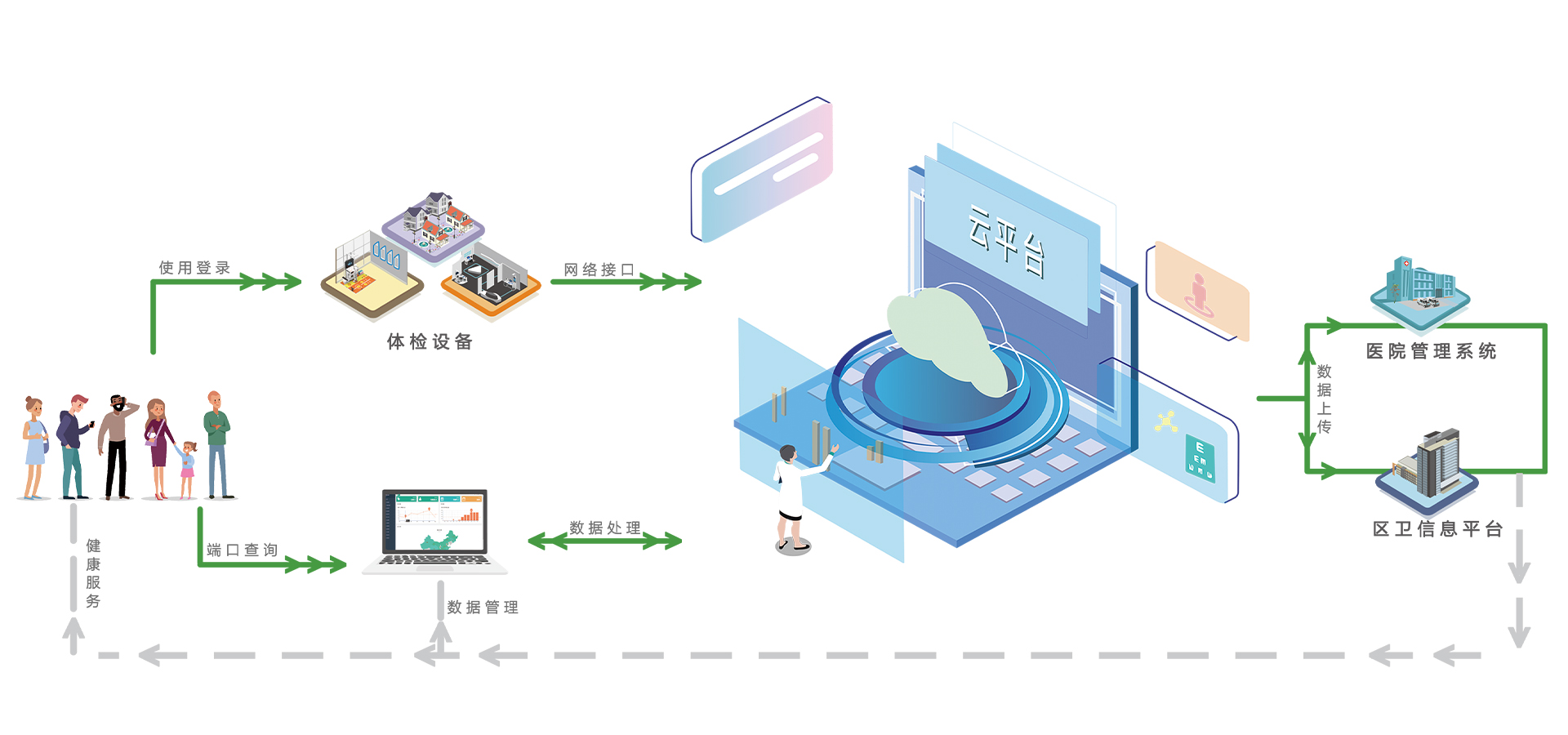In response to the 'Healthy China 2030 Planning Outline' promulgated by the State Council, the focus is on popularizing healthy living across the country, optimizing health services, improving health security, building a healthy environment, and developing health industries, integrating health into all policies, and protecting the people in an all-round and full-cycle manner. Health, significantly improve health levels and significantly improve health equity.Vigorously cultivate the output of health management personnel and do a good job in the overall layout of the grassroots health management structure.The training and construction of health management personnel has been included in the country’s strategic layout.

Recent national student physical health monitoring data show that while students' physical health has been improved, there are also some problems that cannot be ignored.For example, the endurance, speed, explosiveness and strength of young people are on a downward trend, and the country is vigorously promoting the cultivation of talent education gaps in the health management industry.
(1) Health records:
Understand the health status of student groups through student physical examinations, establish post-examination health files through information technology, and understand the changing trends of health status. According to the 'National Basic Public Health Standards 2011 Health File Compilation', the file content includes basic information, disease history, surgical history, General examination results, lifestyle, organ function, etc.By recording the content of user profile information, we can comprehensively analyze the user's health status, living habits, dietary structure, health problems, etc.Provide data basis for subsequent health management steps.
(2) Health assessment:
Through the user's physical examination information and risk assessment questionnaire (the questionnaire content mainly includes: personal disease history, personal medication history, family disease history, smoking status, diet and physical activity status, sleep and psychological status, living environment, physical symptoms, physical examination information, etc. ), carry out prevention and correction of common diseases and infectious diseases among students.
Through the software's scientific assessment algorithm, the user's risk of chronic diseases and common cancers is assessed, and a chronic disease risk assessment report is issued.Lifestyle assessment can also be conducted for college students to list the relevant factors affecting students' health for follow-up management.
(3) Dietary intervention:
According to the students' height, weight and obesity indicators, and combined with the food supply situation in the local market, relevant dietary nutrition recipes are formulated to ensure that the actual intake of dietary nutrients and calories of most students' food types meets their recommended intake as much as possible. quantity and optimize dietary structure.
In addition, nutritionists regularly conduct reasonable dietary education to encourage students to develop correct eating patterns and increase their enthusiasm for physical exercise. Through education, they try their best to ensure that students can maintain balanced nutrition and good eating habits when dining out.
(4) Exercise intervention:
Cultivate students' innovative spirit and team awareness. Form the awareness and habits of lifelong exercise, as well as a proactive, optimistic and cheerful attitude towards life.Based on students' age characteristics, physical and mental characteristics, as well as seasonal and climate changes, we should pay close attention to students' interests and hobbies, and scientifically and reasonably set up the content of sports activities between classes.
(5) Psychological intervention:
Help students to correctly understand themselves, correctly understand and actively adapt to the environment, pay attention to role changes, pay attention to family relationships and teacher-student relationships.Focus on psychological development such as school violence, autism, developmental psychological changes, and popularize basic psychological knowledge.
1. Determine the physical examination items: Based on the student’s age, gender, common disease risks and other factors, determine the physical examination items that need to be carried out, such as height, weight, blood pressure, lung function, reaction time, vertical jump, push-ups, sit-ups, etc.
2. Arrange the time for the physical examination: According to the school's teaching plan and the student's time schedule, reasonably arrange the time for the physical examination, which can be conducted within the school or at an external medical institution.
3. Publicity and education: Before the physical examination, conduct health publicity and education to students, telling them the importance of physical examination, matters needing attention and how to cooperate with doctors for examination.
4. Conduct physical examination: During the physical examination, students need to conduct various examinations according to the doctor's instructions to avoid stress and anxiety and ensure the accuracy of the examination results.
5. Analysis of examination results: The doctor will analyze the examination results. For students with abnormal results, further examination and treatment will be carried out, and parents will also be notified.
6. Develop a health management plan: Based on the student’s physical examination results and doctor’s recommendations, develop a health management plan for each student, including guidance on diet, exercise, work and rest, as well as suggestions for regular inspections and re-examinations.
7. Follow-up: For students with health problems, schools and parents need to follow up closely and adjust the health management plan in a timely manner to ensure that the students' health status is effectively managed.
By using Intelligent Health Examination Machine for school health management, students' health problems can be discovered in time, measures can be taken early for intervention and treatment, and the occurrence and development of common diseases can be effectively prevented and controlled.At the same time, it can also improve students' health awareness and self-care ability and promote their healthy growth.
content is empty!